BottletoBottle Petrochemicals Hydrogen 28-06-2021 - Arhive
BottletoBottle Petrochemicals Hydrogen
Petrochemicals PXKorea Ethylene Trend
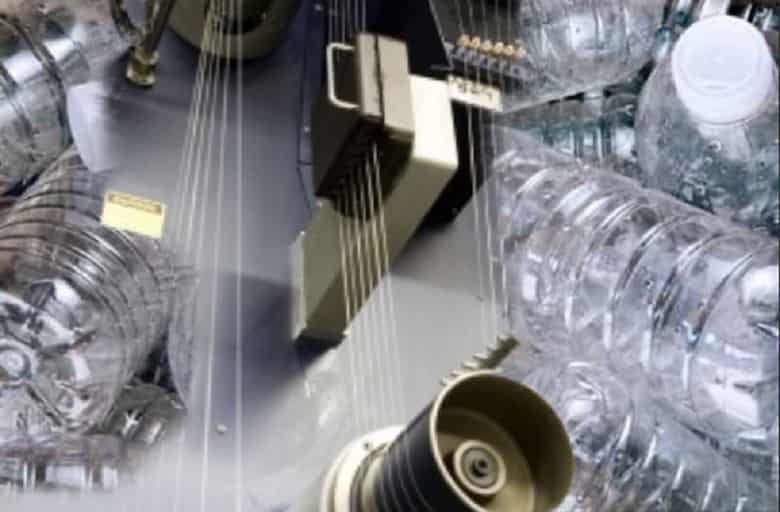
Crude Oil Prices Trend
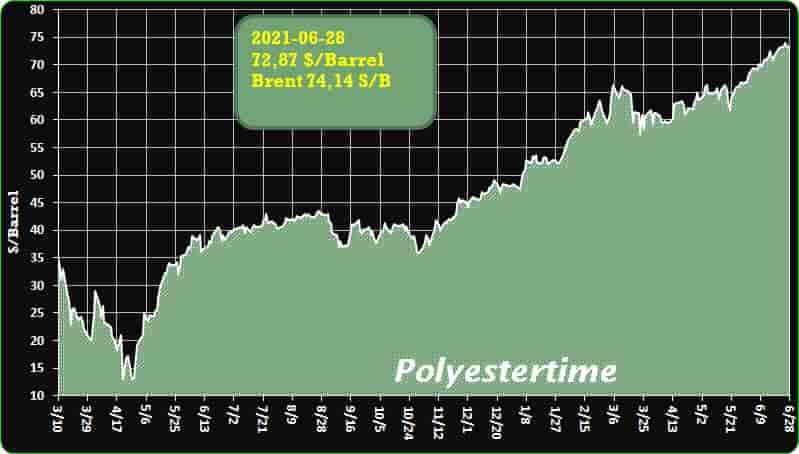
-Standard Textile And Küçükçalık Announce Joint Venture To Accelerate Growth In Markets
Standard Textile Co., Inc. and Küçükçalık today announce they have entered into a joint venture agreement. The joint venture agreement brings together the specialized expertise and knowledge of two leading textile manufacturing companies to expand their product portfolio and accelerate growth in the healthcare, hospitality, and consumer markets. BottletoBottle Petrochemicals Hydrogen
Küçükçalık is a premier global textile manufacturing company with key operations in Turkey and Egypt. From fiber production to weaving to finishing, the company produces apparel, bedding, drapery, and other decorative products for the consumer market. The company opened its first weaving mill in 1990 and added dyeing and printing factories in 1992. In 2019, Küçükçalık created a new sustainable yarn from discarded PET bottles using advanced spinning technology. The company is listed among the top 500 companies in the Turkish industrial sector.
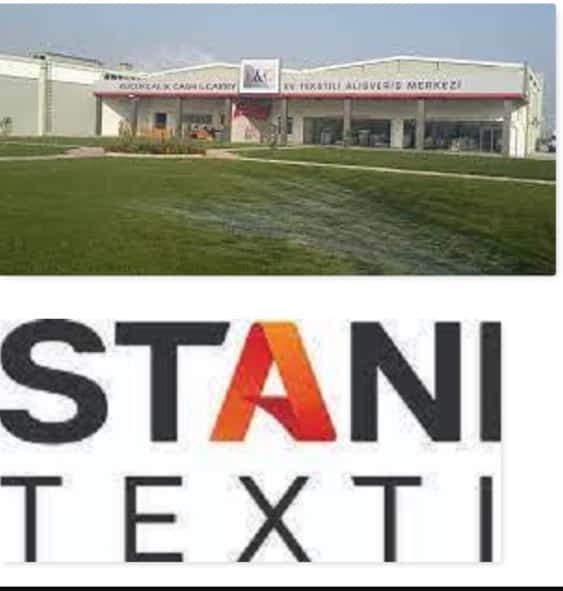
-Loop forms joint venture with South Korean conglomerate
The two companies plan to commercialize Loop’s PET, plastic fiber manufacturing technology in Asia. BottletoBottle Petrochemicals Hydrogen
Loop Industries, a company based in Montréal that is focused on finding solutions for a sustainable plastics economy, has announced that it is forming a strategic partnership with SK Global Chemical Co. Ltd. (SKGC), a subsidiary of South Korea’s SK Group, which is a large conglomerate, to accelerate the commercialization of Loop’s sustainable polyethylene terephthalate (PET) plastic and polyester fiber manufacturing technology throughout Asia.
According to a news release from Loop, the company’s technology allows for PET plastic and polyester fiber to be upcycled into virgin-quality PET using low heat and no added pressure. The process allows Loop to eliminate contaminants, such as dyes, additives and other impurities, preventing unrecyclable materials like colored and contaminated plastics or textiles from ending up in landfills.
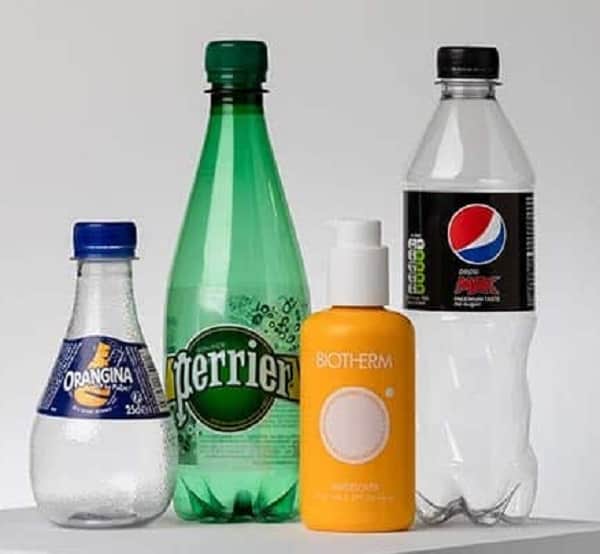
-EU, Asia Plastics Supplier Sees Chemical Recycling Progress
Sibur, the Moscow-based supplier of plastics to Europe, Russia and Asia, sees research in next-stage recycling techniques yielding results in the next three to five years. BottletoBottle Petrochemicals Hydrogen
Chemical recycling is “definitely an R&D priority for us, which should provide some real options, but only within three to five years” Peter O’Brien, Managing Director for Economics and Finance at Sibur said during an annual investment conference hosted by Renaissance Capital. “When we do have those options, they should be more efficient than mechanical recycling and they will help to reduce CO2 emissions.”
Governments, investors and corporates are seeking to manage waste and pollution stemming from rising plastics use worldwide, and Russia is no exception. Increasing amounts of plastics, which do not decompose within a human’s lifetime, are appearing in the world’s oceans and waterways as waste collection and management processes leak the material.
Plastics are omnipresent, and in some ways a victim of their own success as a cheap, strong and flexible material. Chemical properties in plastics make re-use and recycling possible as an answer to return value while stemming the rising tide of trash.
Mechanical recycling is a simpler and more common practice currently. It preserves the molecular structure of the plastic. It crushes (properly sorted) plastics and remelts them into granules. Meanwhile, the focus for the future is on chemical recycling. This technique is able to split the polymer chains and theoretically gain higher or complete yields of recyclable material.
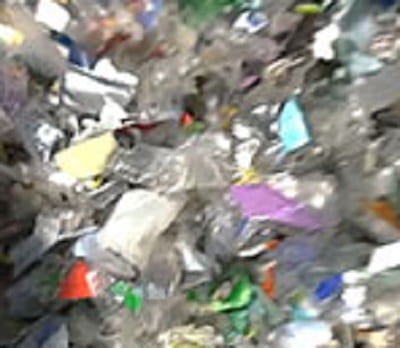
-Recycling is only one part of solution to plastic waste, experts say
Product design and life-cycle assessment are also needed
More plastic recycling and innovative approaches to it are a key part of, but not a complete solution to, solving plastic waste problems, experts told a US congressional panel June 24. BottletoBottle Petrochemicals Hydrogen
A sole focus on recycling could increase the proliferation of plastic and waste problems, Gregory Keoleian, a professor of sustainable systems at the University of Michigan, told the House of Representatives’ Science, Space, and Technology Subcommittee on Research and Technology.
Better product design with careful selection of materials that can be recycled must be integrated into efforts to reduce plastic waste, Keoleian said.
As an example of a waste conundrum that stems from the lack of systematic consideration, Keoleian noted that the manufacturing of automobiles involves dozens of types of plastic. These plastics wind up mixed—and hard to clean, separate, and recycle—when old cars get shredded to reclaim their steel, he said.
Life-cycle assessments of products can help producers avoid or limit the use of materials that can’t be reused, remanufactured, or recycled, he said. Such assessments also consider the greenhouse gas emissions associated with plastics production and disposal, Keoleian said, adding: “Plastics are carbon-intensive.”
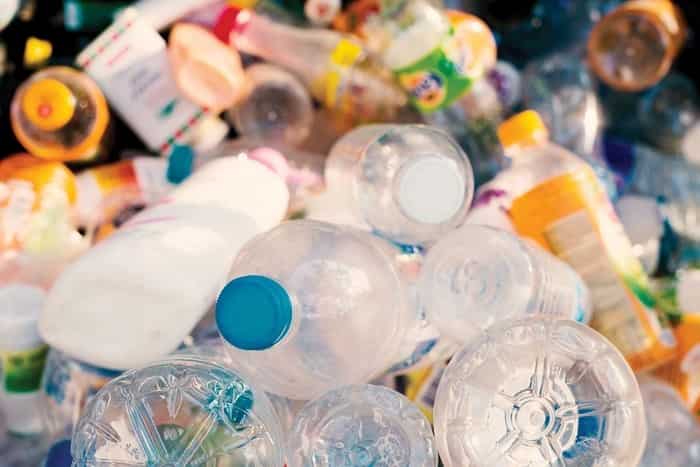
-CPL & PA6: destock still the main topic before Aug
Cautious trade and high inventory
The current nylon 6 chip and filament market are in a very representative state: prices keep range-bound, downstream go bargain hunting when prices wave to a relatively low rate, and sales/production ratio is temporarily stimulated but in most of the time not ideal. BottletoBottle Petrochemicals Hydrogen
And compared with polyester filament, the periodical sales boom in nylon market is less frequently, with shorter cycles and less regularity.
This has pointed out to the fact that caution is the current state of mind in the downstream, and it is closely related to the recent general environment. There are indeed some macro risks that need to be guarded against.
For example, when will the US Fed tightening signal, which is the most concerned, appear? And the U.S. employment data in the near term is better than expected, the inflation has risen significantly, so the exit from Quantity Easing seems to be just around the corner.
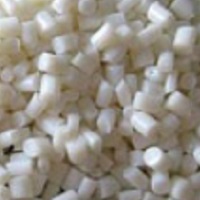
-German car industry sees strong impact of Chinese design in new car interiors
While last year saw the cancellation of events ranging from anniversary celebrations to major trade shows, it looks as if this year, as countries starting reopening and restrictions are relaxed, might be different. One of the first industry in-person events planned in Europe is the VDI PIAE 2021 international trade congress in Mannheim on September 8 and 9; although, as the organisers said, there will be a digital programme as well, to ensure that those unable to attend can also participate.
At a virtual media event 24 June held in advance of the congress, the main theme was the interior of the cars of the future and the tensions arising between the factors design, functionality and sustainability. BottletoBottle Petrochemicals Hydrogen
Key issues playing a role, according to the various speakers, are the need for better quality and a consistent supply of recycled materials, intelligent tools and technologies that make it possible to produce the smart surfaces that consumers will be looking for in the new cars of the future and a new ‘design language’ that is aligned with the new mobility developments. One of the speakers at the event, Jörg Friedrich, the managing director at Car Men GmbH emphasised the emerging design potential of the Chinese industry, which, he said, is having an increasingly stronger impact on car interior design worldwide – “ a trend that was clearly evident at the Shanghai / Beijing Auto Shows.”
One important need is for materials with a lower carbon footprint. The automotive industry, too, must do its share to meet the European Union’s stricter climate targets, preserve natural resources and increase the lifespan of vehicles. Jochen Hardt, Marketing Mobility Covestro, said that Covestro was working to fulfil these needs with new sustainable material solutions that the company will be showcasing in Mannheim in September.
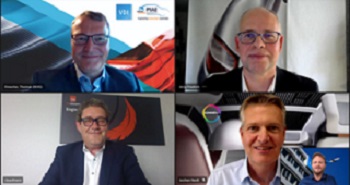
-Film Supplier Launches Recyclable 100% Polyethylene Cereal Liners
Breakfast cereals packaged in the multilayer, co-extruded box-in-box liners are on store shelves now in the United Kingdom.
Coveris, a flexible-packaging developer based in Austria, has developed a recyclable, mono-material film liner for bag-in-box cereal packaging. The company’s new Cereal+ liner is made from 100% polyethylene co-extruded film that contains up to nine layers. BottletoBottle Petrochemicals Hydrogen
“Cereal+ has launched w ith three cereal brands in the UK, with more launches anticipated in the next month,” Sujoy Bose, Sales Director, Coveris, told PlasticsToday.
The liner provides shelf life comparable to that of conventional cereal box liners, ensuring product protection and freshness for cereals and other dry foods. Cereal+ offers high mechanical strength and puncture resistance, excellent sealing properties, and easy-peel opening for consumers.
Multiple Cereal+ liner structures are available to meet the requirements of different applications. The Coveris Film Science Laboratory performs analytical testing, including moisture vapor transition rate (MVTR) tests, to help customers choose the liner best suited to their product.
“Our Cereal+ liners for bag-in-box and catering applications are five-layer co-extruded films. For products requiring barrier properties, Coveris has the capabilities to manufacture seven- and nine-layer Cereal+ films for performance and shelf life,” Bose explained.
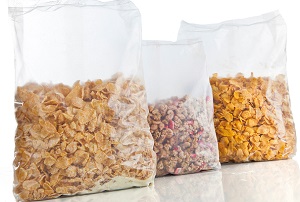
During the production of PET preforms, the molecule acetaldehyde (AA) is formed as a by-product of PET. AA can also be found in nature, e.g. in citrus fruits. Because if its intense taste an excessively high AA content in PET preforms is undesirable. In addition to the recipe, the main influencing factors for the formation of AA when processing PET are the residence time and the processing temperature. Since the residence time in the laminar PET melt flow is uneven, local AA concentrations occur in individual cavities of the mould. BottletoBottle Petrochemicals Hydrogen
This means that in one injection cycle, within a large number of high quality preforms, some with too high AA concentration may occur. This can be counteracted conservatively by using AA blockers. The problem is that AA blockers may also migrate and therefore, corresponding legal limits must be observed. Moreover, AA blockers represent an additional cost factor.
By using the Promix PET mixing nozzle specially developed for this application, local AA concentrations are evenly distributed in the melt flow. This prevents individual outliers. Since the peaks are reduced by an average of 20-30 %, all cavities are then below the permissible AA limit. If AA blockers are used, their effect is optimised thanks to the better distribution in the melt. This leads to significant savings in AA blockers. Not infrequently, it is even possible to eliminate AA blockers entirely, which permanently lowers production costs.
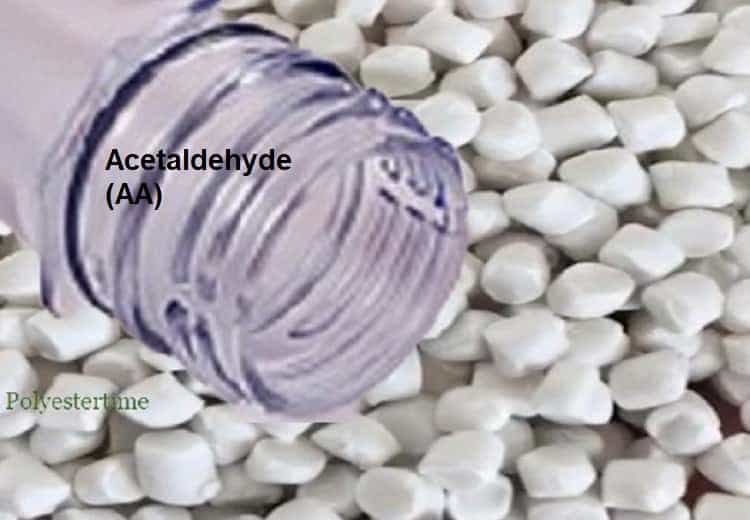
-Conversation on the textile of the future with Giulio Bonazzi of Aquafil (Italian Language Only)
The CEO of Aquafil, world leader in the production of nylon components for furniture and fashion, is an entrepreneur from Vicenza who has been involved in sustainability and the circular economy for more than 20 years. In one sector, textiles, which has only recently begun to question the harmfulness of fast fashion
First of all, raise your hand if you think that the vanguard of recycling in textiles passes through the carpet sector: probably no one (except those directly involved).
And now raise your hand if you know that Roy C. Anderson, the putative father of the regenerative company, was a worldwide carpet manufacturer: lovers of the genre certainly did, as well as the Ted’s, of which Anderson was a great protagonist. Finally raise your hand who was in 1998 on the island of Maui, in Hawaii, in one of the most exclusive resorts in the world in the company of Bruce Willis and Michael Jordan (among others), in an atmosphere full of expectations and flavor of the “appointment with history”. BottletoBottle Petrochemicals Hydrogen
Here the hand can raise it very few, very few lucky ones. Giulio Bonazzi, entrepreneur from Vicenza, CEO of Aquafil, world leader in the production of nylon components for furniture and fashion, is one of these.
Anderson’s 20-20 mission
Aquafil, which is based in Trento, in 1998 was a small, very small supplier of Interface, Anderson’s company. Yet Bonazzi was also called upon to contribute to the great event. “The first day, Anderson gathered us in a small room, which looked like a high school classroom, and made a very clear speech: he said he would set up the ‘mission 20-20’ – Bonazzi tells EconomiaCircolare.com – and that is that by 2020 he would have been at the head of a company with zero impact on the planet: totally based on recycled raw materials, zero emissions, zero waste of water and rational use of this precious asset, energy only from renewable sources, etc. … T we all thought: he’s crazy. But from there, for each of us, the way of seeing our work changed and a journey began that continues today ”.
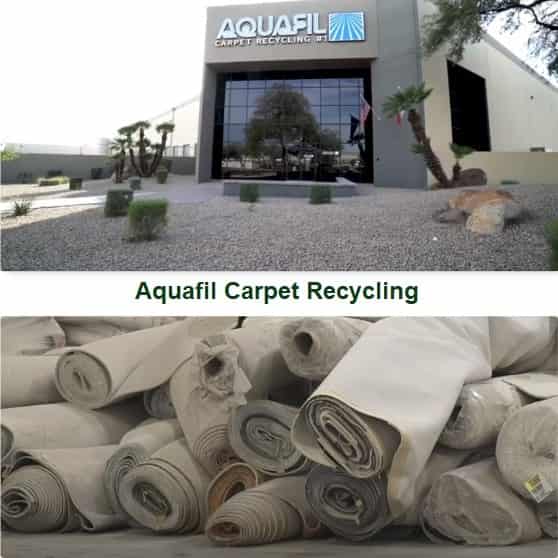
BottletoBottle Petrochemicals Hydrogen
